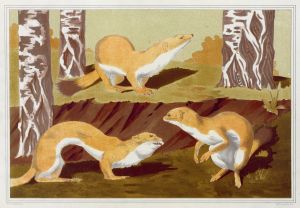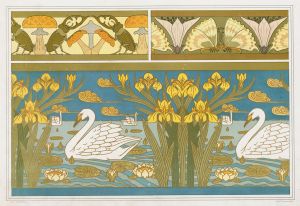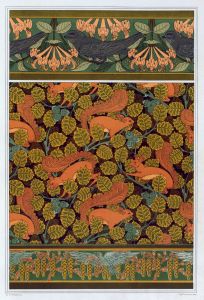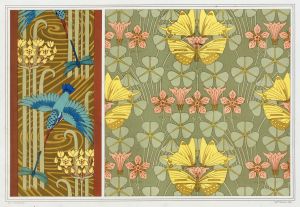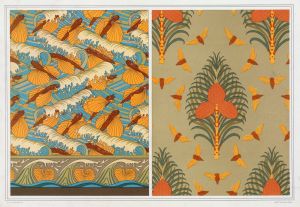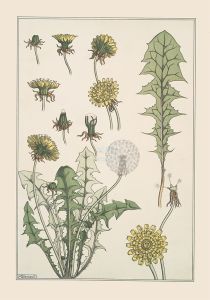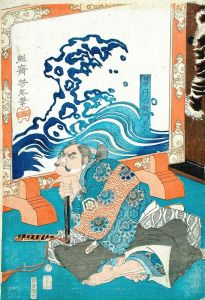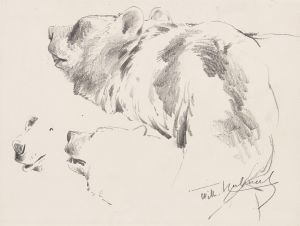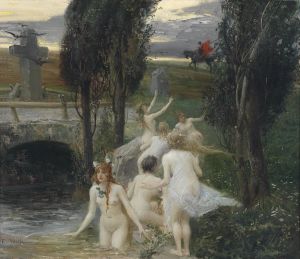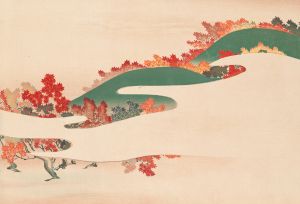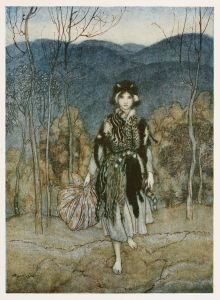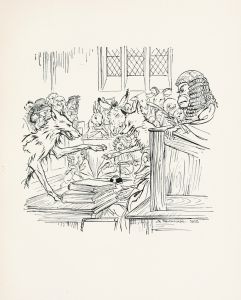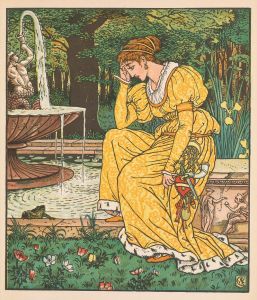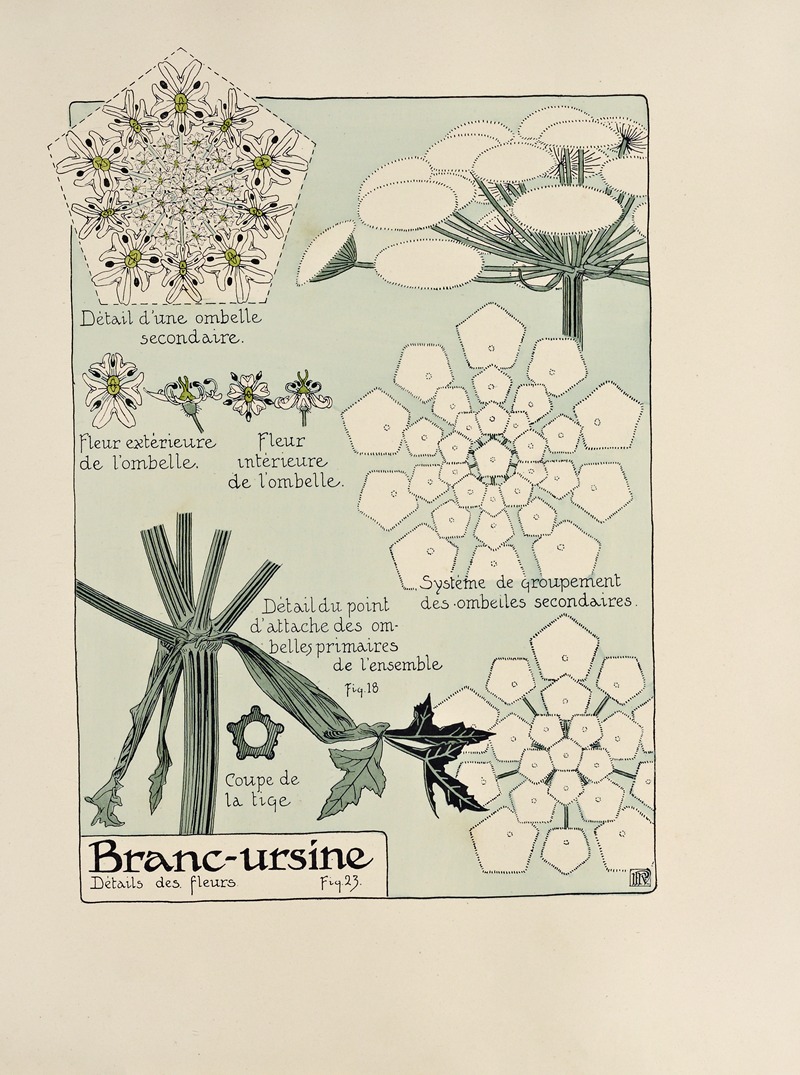
Branc-ursine.
A hand-painted replica of Maurice Pillard Verneuil’s masterpiece Branc-ursine., meticulously crafted by professional artists to capture the true essence of the original. Each piece is created with museum-quality canvas and rare mineral pigments, carefully painted by experienced artists with delicate brushstrokes and rich, layered colors to perfectly recreate the texture of the original artwork. Unlike machine-printed reproductions, this hand-painted version brings the painting to life, infused with the artist’s emotions and skill in every stroke. Whether for personal collection or home decoration, it instantly elevates the artistic atmosphere of any space.
Maurice Pillard Verneuil was a prominent French artist and designer known for his contributions to the Art Nouveau movement. Born in 1869, Verneuil's work was characterized by its intricate patterns, vibrant colors, and incorporation of natural elements. He was particularly noted for his ability to blend artistic creativity with practical design, producing works that were both aesthetically pleasing and functional.
One of Verneuil's notable works is "Branc-ursine," a piece that exemplifies his distinctive style. While specific details about "Branc-ursine" are limited, it is understood to be part of Verneuil's broader exploration of nature-inspired motifs. His works often featured flora and fauna, rendered with a keen eye for detail and a deep appreciation for the natural world. This approach was typical of the Art Nouveau movement, which sought to break away from the rigid structures of traditional art and embrace more organic forms.
Verneuil's artistic journey began in the late 19th century, a time when the Art Nouveau movement was gaining momentum across Europe. He was influenced by the works of other prominent artists of the time, such as Eugène Grasset and Alphonse Mucha, who also embraced the movement's ideals. Verneuil's work was not limited to paintings; he was also involved in graphic design, textiles, and interior decoration, showcasing his versatility as an artist.
"Branc-ursine" likely reflects Verneuil's fascination with the natural world, a theme that is evident in much of his work. His designs often included stylized representations of plants and animals, which he used to create intricate patterns and compositions. This focus on nature was not only an aesthetic choice but also a philosophical one, as Art Nouveau artists sought to harmonize art with the environment.
Verneuil's contributions to the Art Nouveau movement were significant, and his works were widely recognized during his lifetime. He published several influential books on design, including "L'Animal dans la Décoration" and "Les Animaux et les Fleurs," which showcased his innovative approach to incorporating natural elements into decorative arts. These publications helped to disseminate the principles of Art Nouveau and cement Verneuil's reputation as a leading figure in the movement.
Despite the lack of specific information about "Branc-ursine," it can be appreciated within the context of Verneuil's broader body of work. His legacy as an artist and designer continues to be celebrated, and his works remain a testament to the enduring appeal of the Art Nouveau style. Verneuil's ability to capture the beauty of the natural world and translate it into art and design has left a lasting impact on the field, inspiring future generations of artists and designers.





